Board analysis in video and text
Like the GTX 1660 Ti Gaming X, the board relies on the Nvidia base layout PG161 and has 6 layers. The power supply, analogous to Nvidia's default, relies on a 4+2-phase design, with Nvidia optionally leaving up to 6 phases open to manufacturers. In our case, an NCP81610 is used for the 4 GPU phases and the two phases for memory. With only one FDPC5013SG per phase, the voltage converters rely on an asymmetric dual-N-channel MOSFET, which combines high- and low-side with Schottky diode. Separate gate drivers are searched here in vain.
MSI uses the proposed four phases and dispenses with two further optional phases. At a good 30 to 35 watts per phase, this assembly is quite useful. One of the four GPU phases is also powered by the 12V motherboard connector. It is interesting to monitor the board power to meet the power limits. One relies on an NCP45491 from On Semiconductor, which measures the voltage drop via the shunt (for determining the current) and can detect the voltages. In addition, MSI packs a fuse per rail and a coil for input filtering. Finished.
The following table contains the most important components:
Cooler and backplate in detail
A large cooling frame permanently inflated by the two fans additionally stabilizes the board and provides cooling of the memory and voltage converters. The 11 screws attach the backplate with the threaded inserts. The entire cooler is held only by the 4 spring screws on the heatsink.
MSI relies on high-performance thermal pads for RAM and VRM, which are only 0.5 mm thick. Nevertheless, the memory modules are only half-sided cooled again, which I will of course also question later. The rest is free of secrets, although I would have preferred to see K6 pads with RAM, which perform much better. But it also costs again…
The lamella heat sink with its narrow, horizontally aligned cooling fins relies on a total of three nickel-plated 6 mm heatpipes made of copper composite material. These are flattened behind the heatsink and connected to it. A total of two 87 mm fans, each with 14 rotor blades in the 90 mm openings, ensure decent throughput and turbulence.
The brushed aluminium backplate does nothing for cooling and, like the assistant at the magician, has only one task: to look beautiful. The cooling system briefly summarized in a tabular overview:
| Cooling system at a glance | |
|---|---|
| Type of cooler: | Air |
| Heatsink: | Nickel-plated heatsink, GPU |
| Cooling fins: | Aluminum, horizontal alignment related |
| Heatpipes | 3x 6 mm, nickel-plated copper composite |
| VRM cooling: | via cooling frame |
| RAM cooling | via cooling frame |
| Fan: | 2x 8.5 cm fan, 14 rotor blades semi-passive lyrised |
| Backplate | Brushed aluminium, no cooling function |
MSI GeForce GTX 1660 SUPER Gaming X, 6GB GDDR6, HDMI, 3x DP (V375-282R)















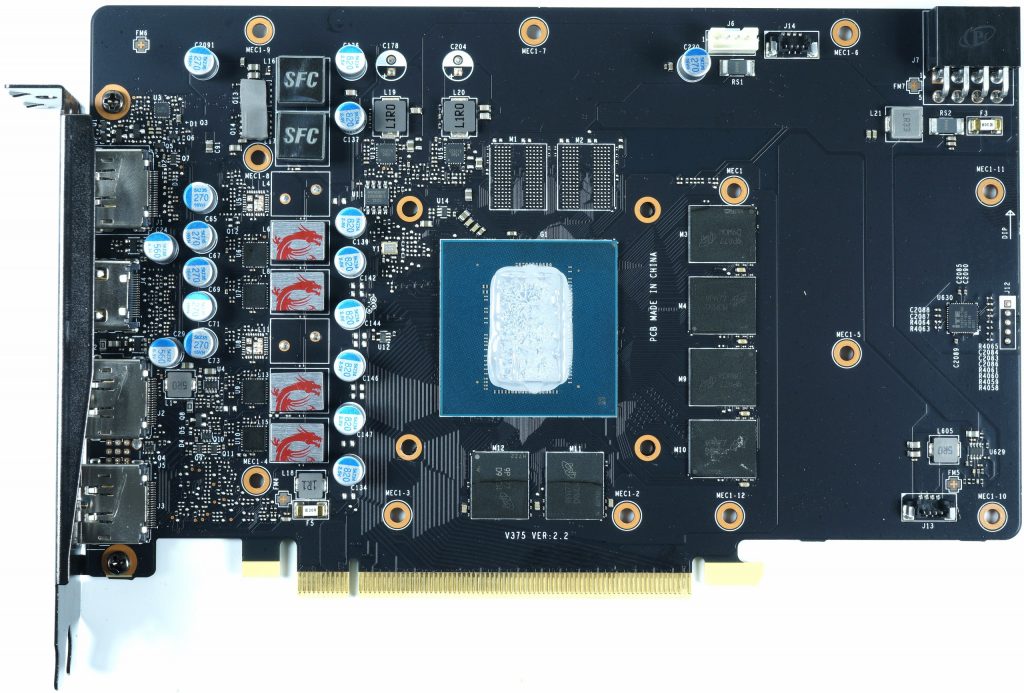
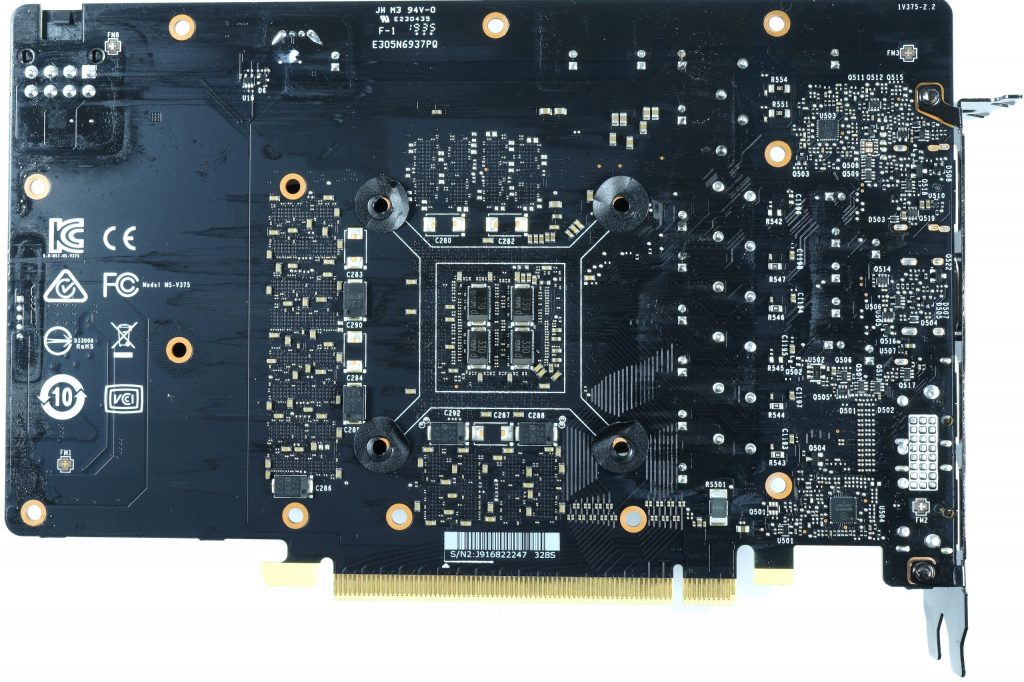
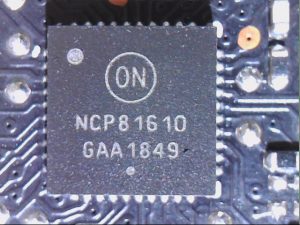
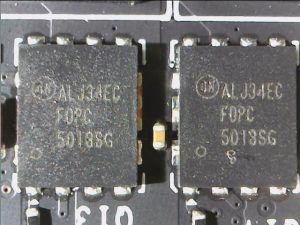
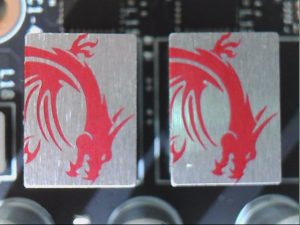
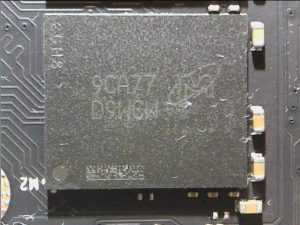
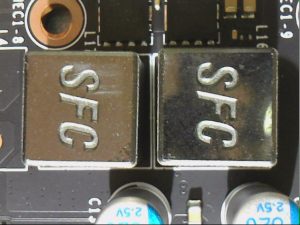
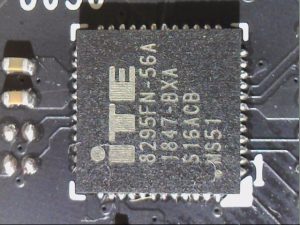
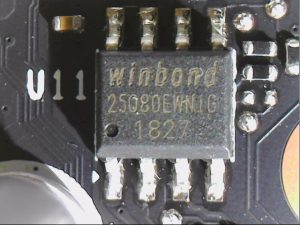
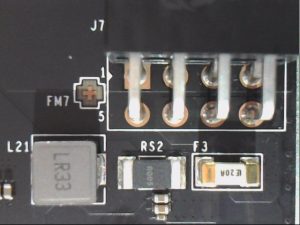
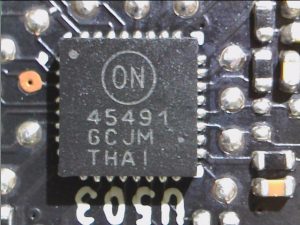
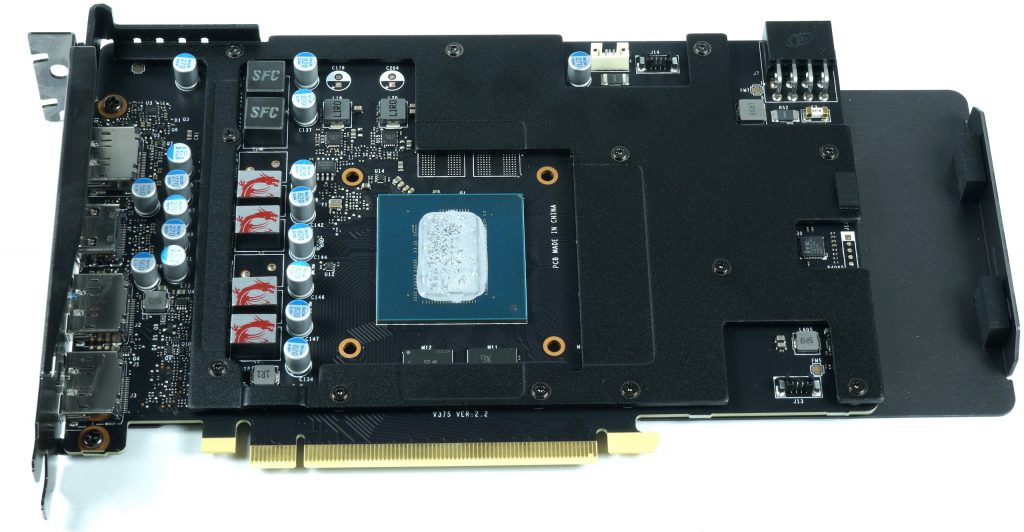
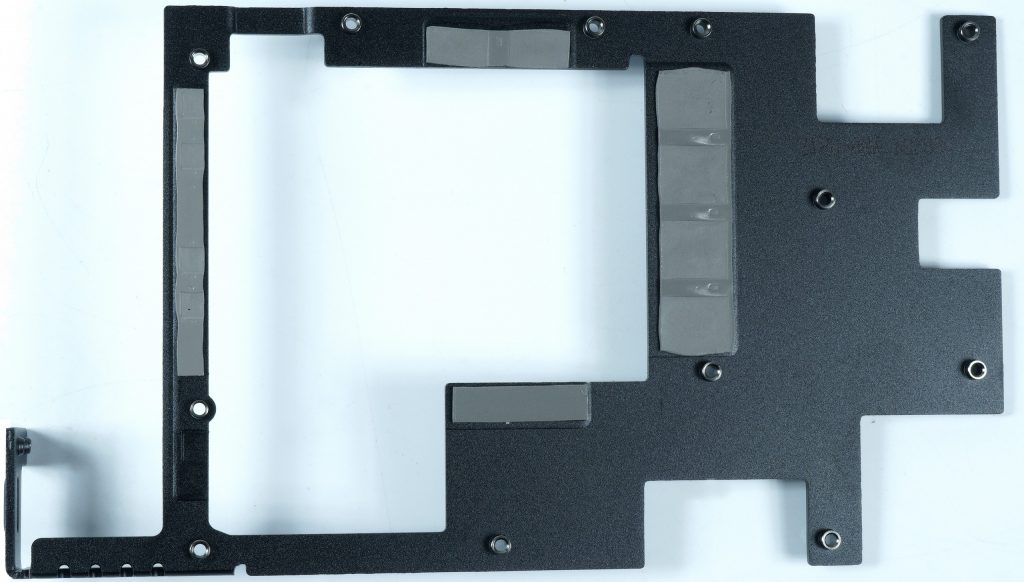
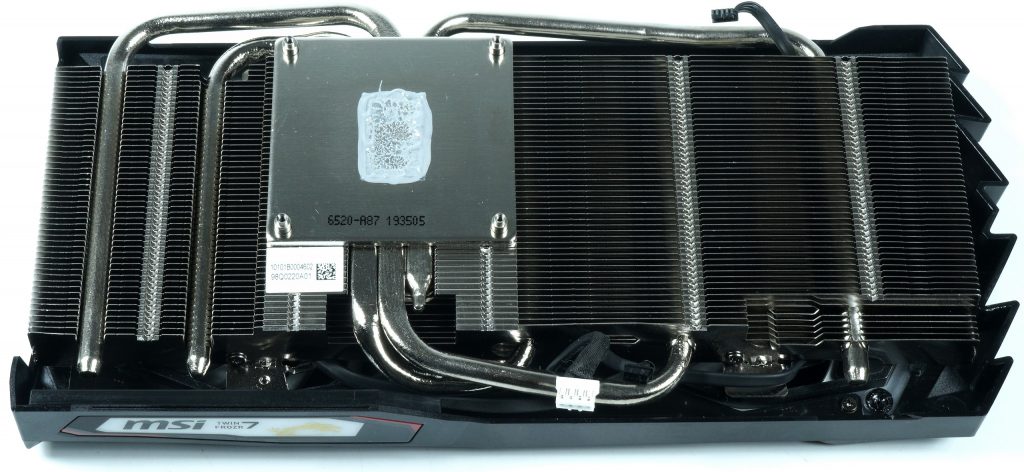


















Kommentieren